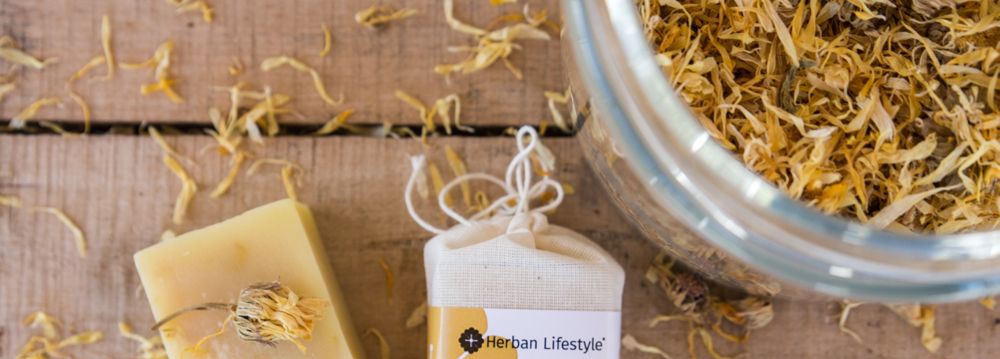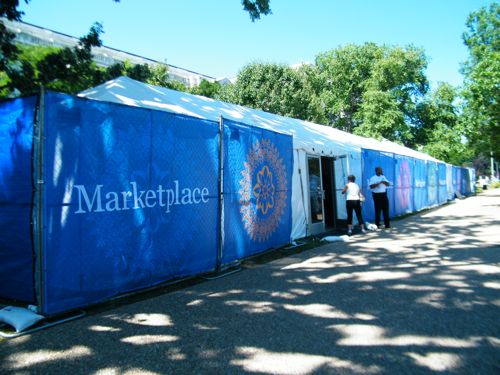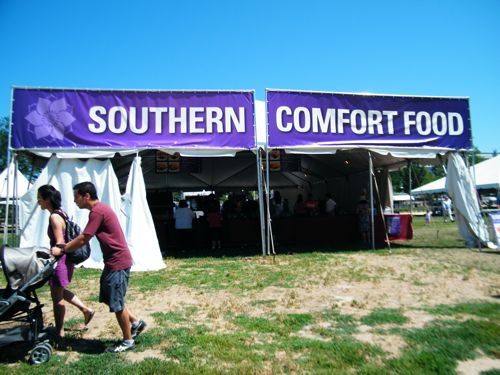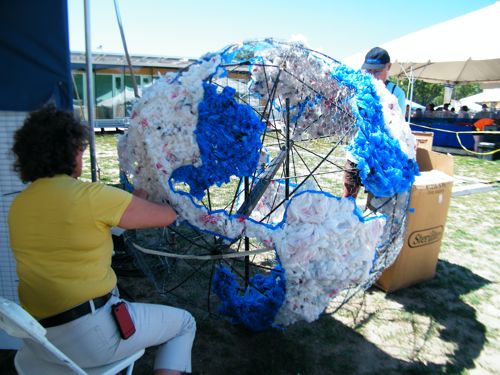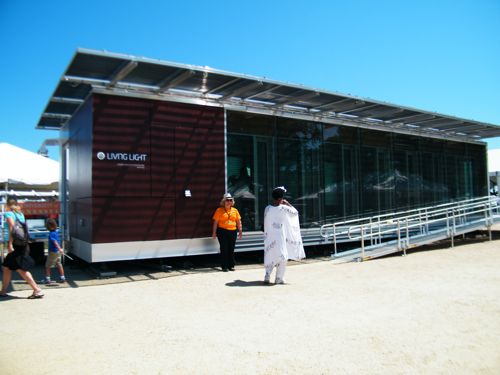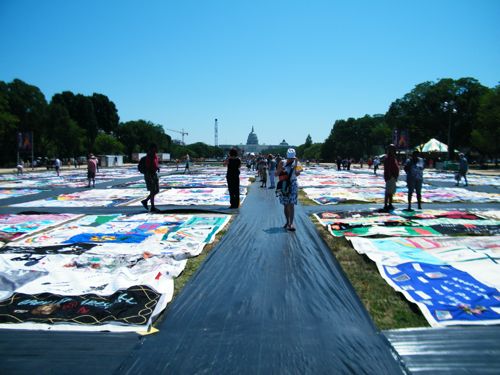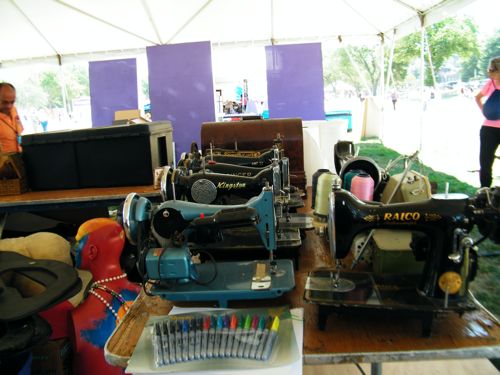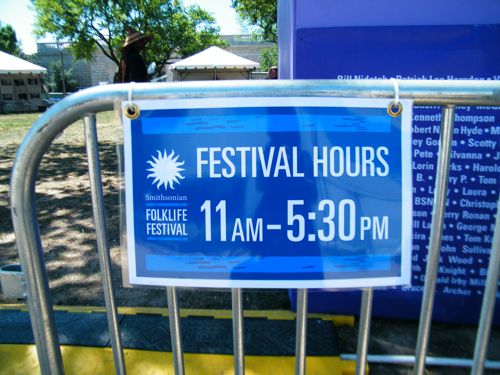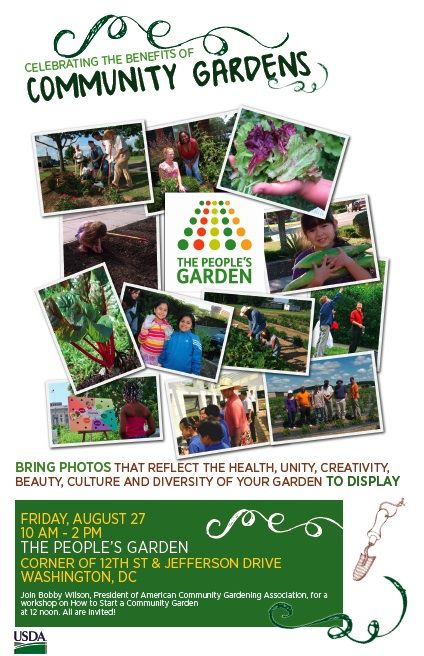I have attended the Smithsonian Folklife Festival every year since moving to the DC area. And I am a big fan of this event on the National Mall that features art, dance, food, storytelling and other exhibits that highlight various American and international cultures. So when I was asked to supply huge amounts of my soaps and such for sale at the Folklife Marketplace, I was thrilled!
At the end of last week, I dropped off a rented SUV-full of boxes of products for the Marketplace volunteers to do their magic. And yesterday a friend called to tell me that my products were prominently displayed in the Marketplace tent, so I headed down to take some photos. When I entered the Marketplace, I found that the first three tables were filled with my soaps, men’s products, and Herban Crafts kits!
And the Marketplace is just one of the many features of the Festival. This year’s themes are Campus and Community, Citified, and Creativity and Crisis. I took some photos while I was there, and look forward to really exploring the exhibits when I have more time.
The Festival kicked off last night with a free concert on the Mall featuring George Clinton and other funk legends. The was the first of many free concerts being offered during the course of the Festival.
Citified celebrates the art, music, food and community of the area of DC that sits east of the Anacostia river. As the Folklife Festival website explains, “Citified alludes to the fact that many African American residents living east of the Anacostia River have parents or grandparents who migrated from the rural South, particularly North and South Carolina, and who continue to maintain connections with their southern (although often no longer rural) heritage.”
Campus and Community features exhibits from several land grant colleges and the USDA, both of which are celebrating their 150th anniversary this year. Several of the colleges have exhibits focusing on the theme of sustainability, such as UC Davis’ exhibit on the ubiquitous problem of plastic bags and the University of Tennessee’s Solar House.
And Creativity and Crisis features the AIDS Quilt, now celebrating its 25th anniversary. In 1987, The NAMES Project Foundation offered hands-on quilt panel-making sessions that allowed individuals and communities to commemorate loved ones, find support and engage in dialogues about how to address the crisis. Today, The Quilt contains nearly 48,000 panels, a portion of which are on display on the Mall.
For those visitors who want to have a hand in adding to The Quilt, participants of all ages will have the opportunity to learn quilting techniques, make panels, and share stories from their own experiences.
The Festival is being held from June 27–July 1 and July 4–8, and is open from 11:00am to 5:30pm.
